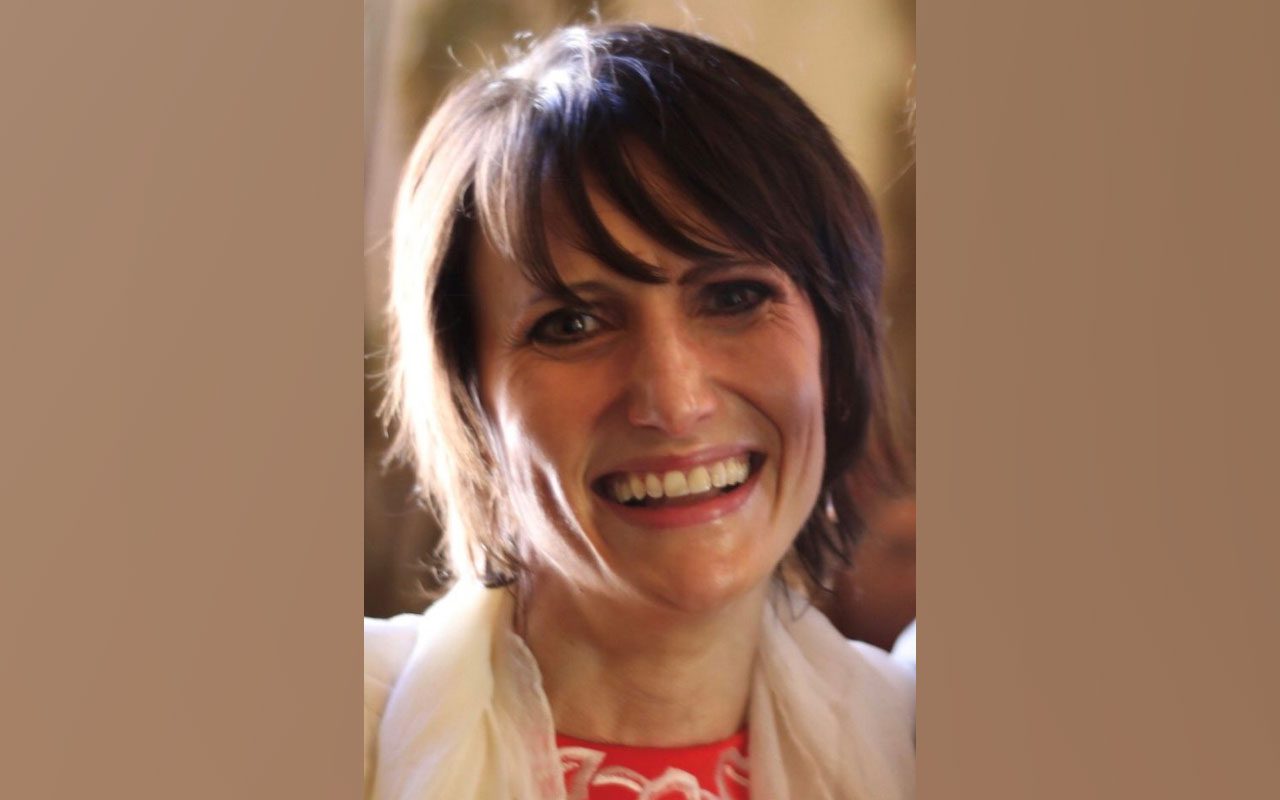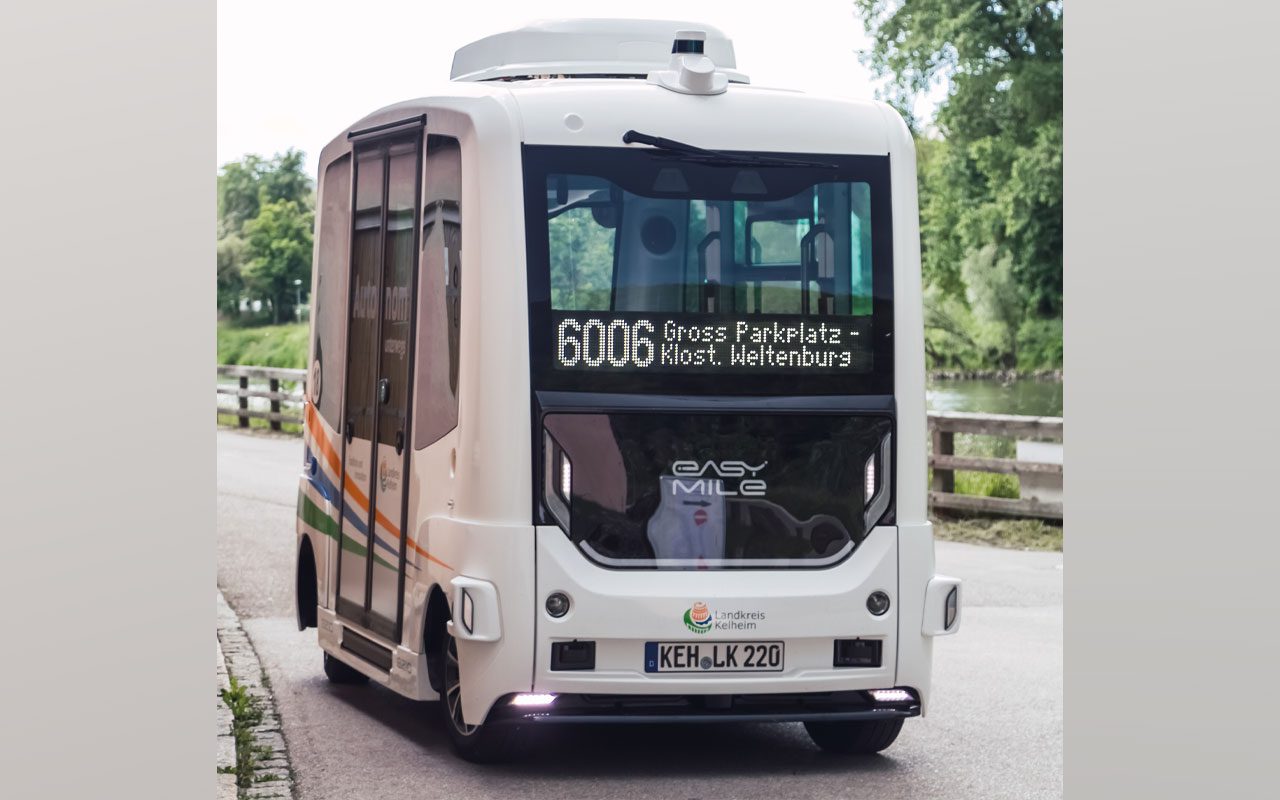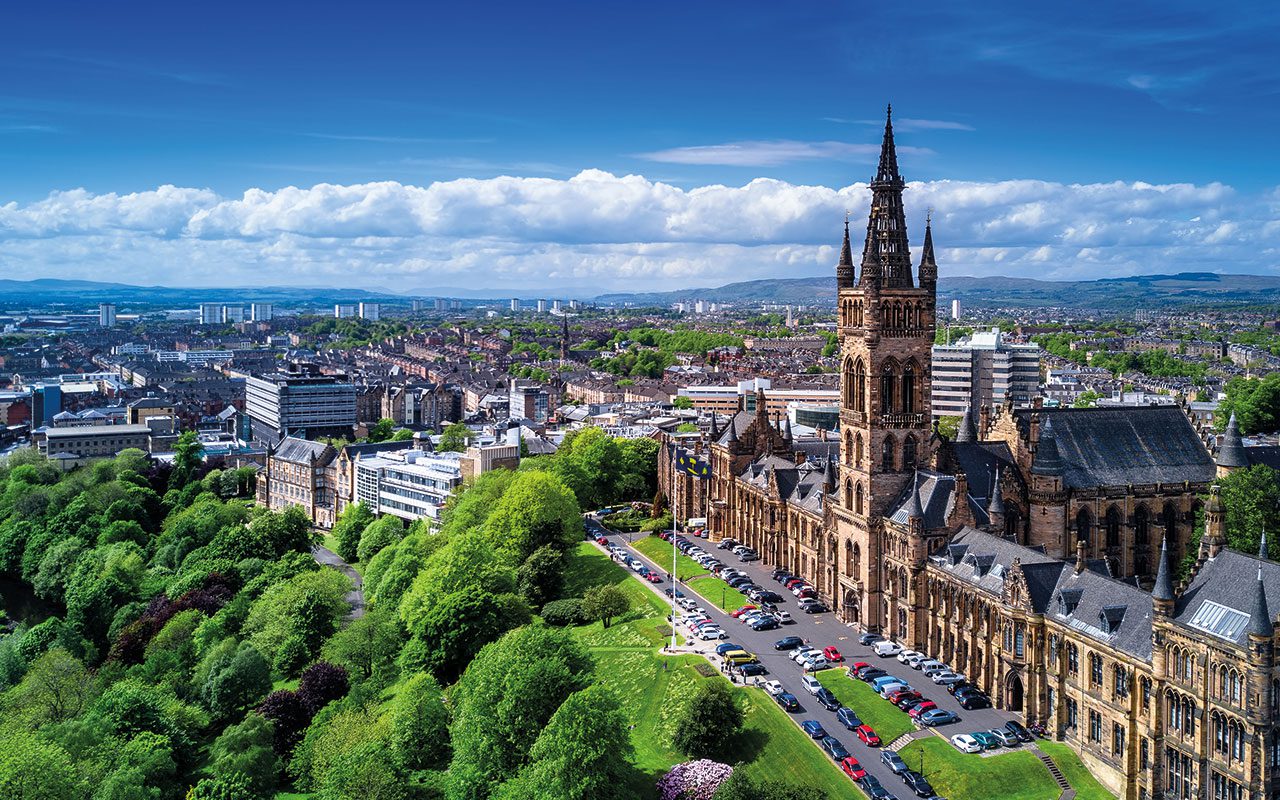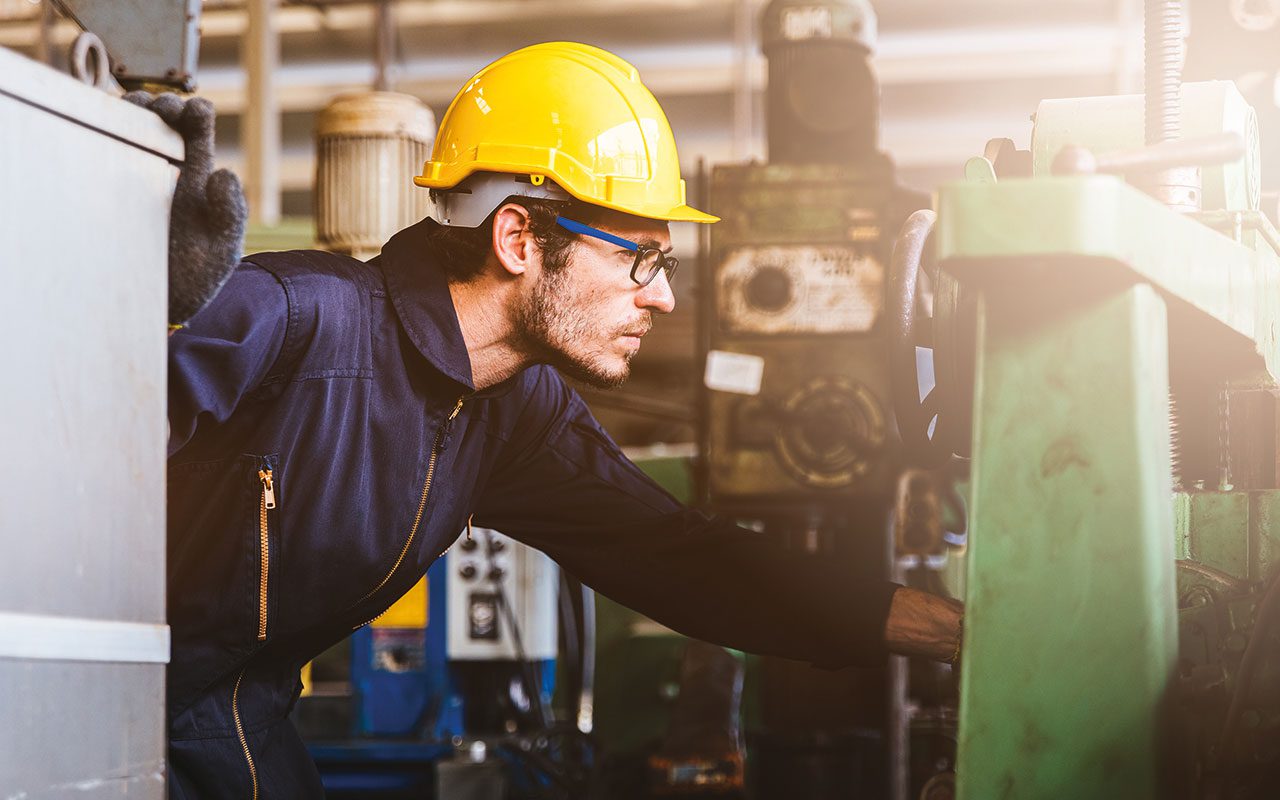The UN Climate Change Conference is only a few months away, and to say that expectations are high would be an understatement. A panel discussion in May brought together representatives from UK engineering and finance to offer their two cents. What are the big priorities for COP? Where are the main challenges?
Of course, that’s all assuming it goes ahead, and the UK government haven’t ruled out the possibility of a postponement until Spring 2022.
Alice Bordini Staden, who works on climate finance and policy with National Trust – Europe’s biggest conservation charity – said she thought it was going to go ahead, but likely in a hybrid format. Not for Glasgow the 10,000-observer parties that traditionally descend upon host cities. On current progress, she said: “I think we are further ahead than perhaps some of the headlines would suggest – from watching it from inside.”
She believed good progress was being made on Adaptation (the effort to secure protection for habitats and communities against the effects of climate change). But progress was still lacking on Resilience and Energy Transition. And Nature, she suggested, was a “big big problem”, referring to the difficulties with accounting for natural capital.
Nature and finance
Finance will obviously be the enabling factor in making the kind of transition that is required, so it’s a problem if accounting systems continue to act as if nature is “free to use”, a key issue pinpointed earlier this year by The Dasgupta Review, hailed at the time as a landmark document. Its conclusions have since been endorsed with apparent sincerity by the UK government, which announced in June that it was committing to ensuring that more of the UK’s largest new infrastructure projects “leave nature and biodiversity in an overall better state than before development”.
Clearly it will be a major achievement for the UK government if the UK can hold a successful COP, so one can only assume the will is there to try to bring it off. As a taster of current progress, however, June’s G7 Summit seemed disappointing, or at least to fall short of hopes held ahead of the event by Patricia Espinosa, the UN’s head of climate policy, that it might yield clarity on how and when developed countries might fulfil their commitment to provide $100 billion (£72 billion) per year to support the efforts of developing countries to cut their emissions. This had been central to the climate accords since 2009, and is widely viewed as an indispensable ingredient for securing the mutual trust and cooperation of the 191 countries that signed the Paris agreement.
Alice said she believed most of this $100 billion would come from private capital but that public money still had a big role to play, and the government’s ability to “catalyse” these efforts is of central importance. Public money can take off the first and biggest element of risk, especially in a situation where there are new technologies and new forms of investment, and where the outcome is uncertain. She described the UK National Infrastructure Bank as “a really good initiative” in this respect, and said this kind of investment could pave the way, providing the proof of concept that would later secure the participation of private investors.
More positively, she said there was “an absolute wall of money that wants to be deployed” in green investments, visible with developments such as the UK pension funds’ embrace of ESG integration and decarbonisation, and this is being driven by beneficiaries who recognise the risk presented by climate change, and have a long-term orientation.

Similarly, she suggested that what’s going on in the US is “absolutely massive” in terms of the sums of money looking to be mobilised via the new administration, and institutional investors, “running into the trillions”.
IET climate lead James Robottom, at one point wondered if China’s still substantial coal burning might imperil progress elsewhere. Might it lead to manufacturers in places like the UK, throwing their arms up in the air and saying “why bother?”
Steve Bramley of Gambica, a trade association representing the instrumentation and control industry believed there were “no downsides” to getting on with making these more sustainable technologies, and being the one to set the example. Also, China might not be as off track as it sometimes appears. “In many ways, some of the Chinese manfuacturers have zoomed through decades of European history in a few years,” he said, and are now “implementing best practice” in numerous areas.” So maybe it won’t be that long before coal gets replaced by something else.
Alice said China’s coal burning was “a massive problem”, since the country contributed nearly a third of global emissions. “By a long margin they are still the biggest user of coal in the world, and are still unfortunately expanding it,” she said. Coal is also a social issue for China, since the associated power industry “employs a staggering number of people”.
But what many people don’t realise is they are also “the biggest investor and deployer of green energy, in terms of renewable energy”. So they have the technology to get the transition underway.
China’s declared commitment to net zero by 2060 is significant, even though it sits alongside commitments to stop building new coal by 2025 and to reach peak emissions by 2030 – both “very insufficient” in her view. And one thing about China: the huge control exerted by the state does at least mean that if they have a target, you can bet that they will deliver on it, she suggested – and this was “the good news”.
Putting a price on pollution
One solution might be carbon pricing, and the imposition of such a measure was Bordini-Staden’s “biggest hope” for COP26. This would be very helpful in places like the UK, where manufacturers can struggle to remain competitive with products that are also imported from China or emerging markets where there is a far more lax regulatory regime and labour is much cheaper.
She envisioned some form of “carbon border tax adjustment mechanism” whereby like-for-like products imported to a country have a tax attached to them associated with the level of carbon involved in their production. This “would level the playing field,” she said, “and it would be a massive result if we got that done at COP.”
China is very adept at responding to what we do, suggested Ben Fletcher of MAKE UK (an umbrella association for all manufacturers and engineering companies in the UK), and this will also add traction to the transition, we might assume, since they recognise that their supply chains and ours are very inter-linked. China doesn’t just manufacture a lot of finished products, it also orders a lot of products or components that are put together and assembled in the UK.
Ram Ramachander, who leads Hitachi’s European Social Innovation Business, said he saw COP26 as being two-pronged: It’s about both galvanising the political intent, and building on the momentum of business for this agenda. The latter he said was “at a level that I’ve never seen before,” he said, reflecting on his 15-year involvement with climate change in a professional capacity, and that there was “so much money on the green agenda at the moment, it’s ridiculous.” Hitachi’s commitments include a pledge to realise carbon neutrality in its own manufacturing capability by 2030.
Problems and solutions
Steve Ramley (Gambica) said governments had a role to play in fixing “the broken gap” between the people with a problem to solve, and those supplying the solutions. The former he imagined as a manufacturing community with an appetite to save energy and resources and so on, but without – in many cases – the expertise or funding to do so. On the other side, the people with the solutions “aren’t necessarily getting through the supply chain to sell these solutions,” he believed.
The problem applies not only to climate change but to pollution, waste, water resource usage and a host of other environmental areas. “How do you fix the gap?” he asked. It was the job of policy leaders to contribute here, and the possibilities might include things like tax incentives, and providing manufacturers with things like assistance, consulting, and skills. “The big one,” as he put it, was about getting “those who sell machines”, the people in the middle, in other words, “to be incentivised to sell them based on efficiency, in the same way that car manufacturers make a big deal about the fuel consumption of their vehicles.” How do you get the market to buy the product or component that does less environmental damage rather than the one that costs less?
For various reasons, at the moment many people don’t get a chance to find out what the solutions are or how much of an impact they can have on their business, he said.

Low-hanging fruit?
The panel were asked if they saw any easy wins for the manufacturing sector, when it comes to meeting targets like net zero by 2030.
While a myth endures that the UK doesn’t make anything anymore, Steve thought it was time to recognise that the sector accounts for about a third of the country’s energy usage, and two thirds of that is consumed by electric motors alone. The broader uptake of energy-saving technologies or practices in this area might be one easy win, for example – but one that might have to circumvent the slower uptake of new technology here compared to other countries, the “make do and mend” ethos that has tended to prevail.
Ben said there was a danger that many found the push for sustainability to be “intimidating”, and they might be expecting they’ll have to “knock their factory down and build a new one”. He said: “When we talk to SMEs who have achieved incredible results – often that is exactly the opposite of how they have done it.” More often, he suggested, they will have made headway with small but effective tweaks. Maybe they’ve realised they only need to run a motor at 10% of its existing power level, or maybe they’ve realised its running all day and all night, where they could afford to run it less.
Access to the right kind of assessment tools can make a huge difference, and MAKE UK is doing this with its members, giving them access to toolkits and tests they can run on their business.
Manufacturers are facing the twin challenges of net zero and digitisation. He said it was critical to think of these two things together, especially if you are a smaller business without the capacity to bring in lots of expensive consultants. The measures that these initial assessments might prompt – to drive down power consumption and so on – may well go hand in hand with modernising, “and if you can get those right – it enables you to take a really giant step forward in a fairly quick time.”
“There are about 38k buses in operation in the UK, and they need to transition to EVs in the next 15 years to meet the government targets.”
The switch to renewable energy is now clearly bringing savings in the developed world, and it is now cheaper to use renewable energy. “There is very little excuse,” said Bordini-Staden, not to switch to renewables, especially in Britain where almost half of the electricity already comes from them. There are places where the price is perhaps marginally higher than fossil fuels, but certainly not here.
Job creation?
The potential of new energy sources to create jobs is a frequent talking point of Biden, as James Roebottom noted, while at the same time traditionalists will talk about the loss of jobs from the fossil fuel industry. Ramachander believed there was “a huge opportunity” to create jobs, but these new openings might not necessarily be where you think.
Take the example of public transportation, and the shift to EV buses. There are about 38k buses in operation in the UK, and they need to transition to EVs in the next 15 years to meet the government targets. “That is an entire ecosystem transformation,” he said, affecting the vehicle, the battery, the generation of the energy supplied by the depots, re-training people who operate buses completely, re-routing of buses, and so on. It “all requires training and skiills, to transform that industry,” he said. For the people engaged in this transformation, the opportunities “are much more sustainable long term for employment”.
The transition also creates “massive opportunities in new technology and manufacturing.” “How do you create future transformation by combining data and engineering together to create much smarter ecosystems and infrastructure?” Its a trend that creates opportunities for those with skills in AI and digital technology – and digital innovation is “one of the things the UK is brilliant at”.
He said the US re-joining the effort “will give us more rocket fuel, to drive new innovation and skills”.
Of course, there’s no point in aspiring to a digital future if the infrastructure is not there, and this was where Ben said the government’s response needs to help. He said: “If you’re going to invest in a British manufacturing company then you also want to know that they’re going to have high speed broadband in a short period of time.”








